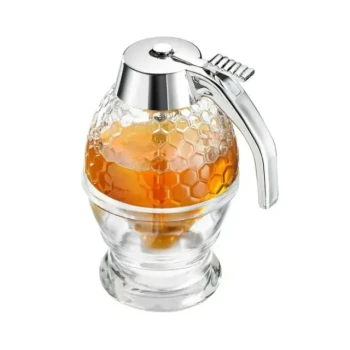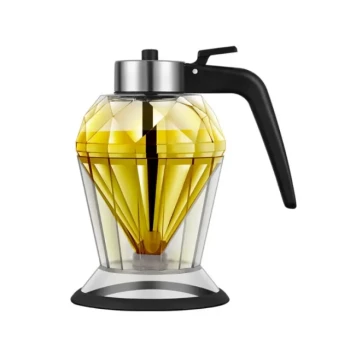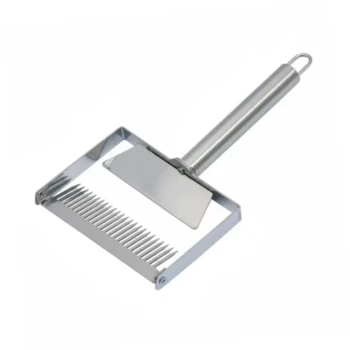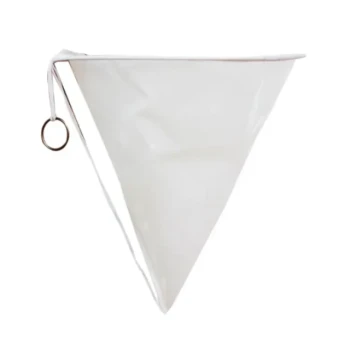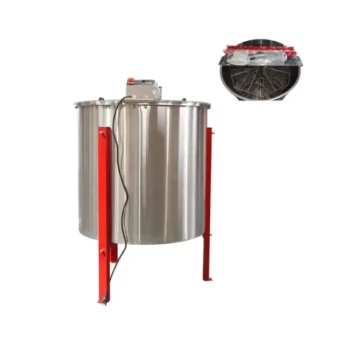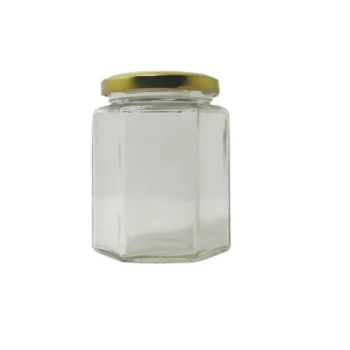In short, you can find raw honey at local farmer's markets, directly from bee farms, in health food stores, and through online retailers. These sources offer a significant advantage over typical supermarket honey, which is often pasteurized and filtered, removing many of the natural compounds that make raw honey unique.
The best place to find authentic raw honey depends on your primary goal: direct connection with the producer, certified quality assurance, or the convenience of a wide selection. Understanding the difference is key to making a confident purchase.
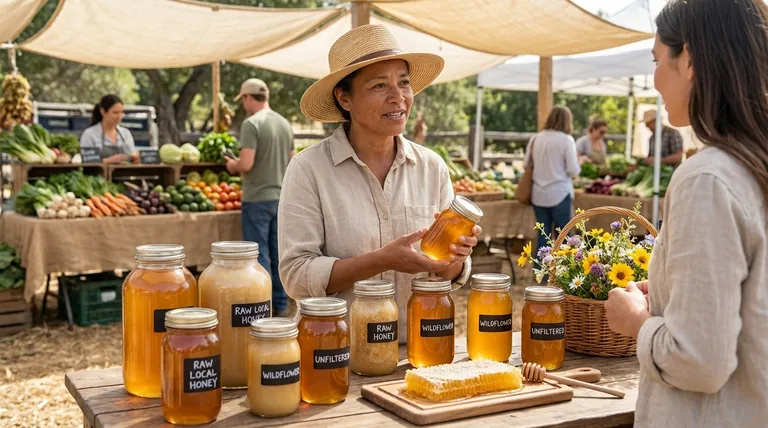
Understanding What "Raw Honey" Truly Means
Before you start your search, it's critical to understand what you're looking for. The term "raw" implies more than just its origin; it refers to the process.
It's Unpasteurized and Unfiltered
Raw honey is honey as it exists in the beehive. It has not been heated (pasteurized) to high temperatures or heavily filtered.
This minimal processing preserves the natural vitamins, enzymes, and beneficial pollen grains that are often removed or destroyed in commercially processed honey.
Why This Distinction Matters
The pollen content in raw honey is particularly important. It not only contributes to the unique flavor profile but is also often cited for its potential health benefits, such as helping with seasonal allergies by exposing the body to local plant sources.
Evaluating Your Sourcing Options
Each source for raw honey offers distinct advantages. Your choice will depend on what you value most—local connection, convenience, or variety.
Local Farmer's Markets & Bee Farms
This is the most direct way to buy raw honey. You often get to speak directly with the beekeeper.
This allows you to ask specific questions about their practices, the location of their hives, and the types of flowers the bees visited. This is the best method for ensuring freshness and supporting local beekeepers directly.
Health Food Stores
Brick-and-mortar health food stores are a reliable and convenient option. They typically curate their selections, offering products from reputable brands that specialize in organic or unfiltered honey.
While you lose the direct connection to the beekeeper, you gain the convenience of a trusted retailer doing some of the vetting for you.
Online Retailers
The internet offers the widest possible selection, from small-batch artisanal honey to bulk suppliers. You can find unique varieties from around the world.
The key challenge here is verifying the authenticity of the product. It is crucial to buy from established retailers with transparent sourcing information and positive customer reviews.
Common Pitfalls to Avoid
The market for specialty foods can be confusing. Knowing what to look out for will protect you from buying a subpar product.
Misleading Labels
Be cautious of terms like "pure honey" or "natural honey." These labels are not regulated and do not mean the honey is raw. A product can be "pure" (meaning no added ingredients) but still be heavily processed. Look for the specific word "raw" or "unfiltered."
The Fear of Crystallization
Many people mistakenly believe that crystallized honey has gone bad. In reality, crystallization is a natural process for raw honey and is often a sign of its authenticity. The glucose in the honey separates from the water, forming crystals. You can easily return it to a liquid state with gentle warming.
Making the Right Choice for Your Goal
To find the best source, align your purchasing decision with your primary motivation for seeking raw honey in the first place.
- If your primary focus is freshness and supporting local producers: Buy directly from a local beekeeper at a farmer's market or their farm.
- If your primary focus is convenience and vetted quality: A trusted health food store is your most straightforward option.
- If your primary focus is variety and finding a specific type of honey: Explore reputable and well-reviewed online retailers.
Choosing your source wisely ensures you get the authentic, high-quality product you're looking for.
Summary Table:
| Source | Key Advantage | Best For |
|---|---|---|
| Local Farmer's Markets & Bee Farms | Direct connection to the beekeeper, maximum freshness | Supporting local producers, ensuring authenticity |
| Health Food Stores | Convenience, pre-vetted quality | Quick, reliable purchases |
| Online Retailers | Widest variety, access to unique types | Finding specific or artisanal honey from around the world |
Are you a commercial apiary or beekeeping equipment distributor?
Sourcing authentic raw honey starts with reliable, high-quality beekeeping supplies. HONESTBEE is your trusted wholesale partner, providing the essential equipment commercial beekeepers need to produce superior honey. From durable hives to efficient extraction tools, we supply the foundation for successful, large-scale beekeeping operations.
Let's discuss your wholesale needs. Contact HONESTBEE today to ensure your operation is equipped for excellence.
Visual Guide

Related Products
- Honeycomb Style Drip Free Honey Dispenser
- Stainless Steel Honey Press Wax Press with Tank
- Premium Diamond-Faceted Glass Honey Dispenser
- Professional Durable Plastic Handle Honey Uncapping Fork
- Extra-Wide All-Stainless Steel Honey Uncapping Fork with T-Handle
People Also Ask
- How do you adjust the flow of honey using a honey gate valve? Master Precision Control for Your Bottling Line
- What are the advantages of using a honey gate? Achieve Clean, Efficient Honey Bottling
- Why use a honey drizzler? Achieve Perfect, Mess-Free Drizzling Every Time
- Can a honey gate be reused, and how should it be stored? Ensure Longevity for Your Honey Harvests
- What are the benefits of squeeze bottles for honey packaging? Unlock Mess-Free Convenience & Control
